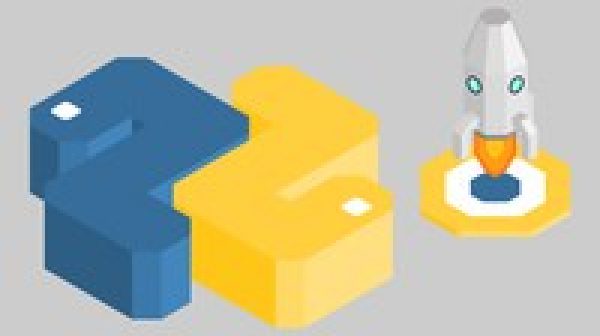
This course teaches you how to approach and solve typical problems that occur in science, technology, engineering, and maths (STEM) with Python. You will learn how to master some of the most popular Python packages including
NumPy
Matplotlib
SciPy
Pandas
to efficiently and pragmatically tackle problems like
The implementation of Monte Carlo methods
The solution of multidimensional and coupled differential equations
The prediction and tracking of Brownian motion
The estimation of model parameters using curve fitting and optimization
The statistical analysis of large databases with millions of entries
At the end of the course, you will also learn useful tips and tricks to create high–quality graphics with Python & Inkscape.
I will share with you the experiences that I have gathered during several years of coding in science and at different tech companies solving real–world problems in science, technology, engineering, and maths and help you to become an expert in this field.
The course is designed such that you can follow me coding and tackling the different problems. You are also provided additional tasks to solve independently to dive deeper into the topics and become proficient in solving STEM problems on your own. Nevertheless, I provide you solution files to help you out whenever you get stuck on a problem!
Specification: Python for STEM
|
3 reviews for Python for STEM
Add a review Cancel reply
This site uses Akismet to reduce spam. Learn how your comment data is processed.
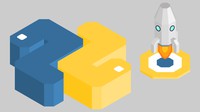
| Price | $12.99 |
|---|---|
| Provider | |
| Duration | 7 hours |
| Year | 2021 |
| Level | Intermediate |
| Language | English ... |
| Certificate | Yes |
| Quizzes | No |


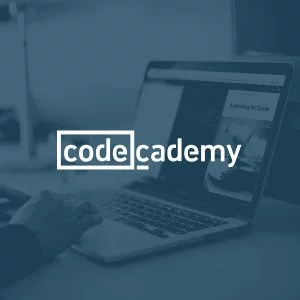
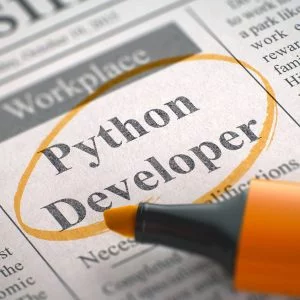

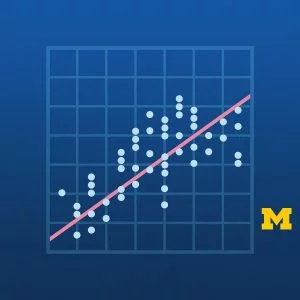
Umut Karadeniz –
Thank you! It was a wonderful course, I noticed in each part how much effort has been put in and how meticulously it has been prepared. In the course, all concepts and topics, from simple to complex, are explained in a very understandable, fluent and engaging way. For this reason, I personally followed it with the great enthusiasm. As a person having an engineering background, I would say that the course and the trainer were very successful because it was prepared by a trainer who is very knowledgeable in both statistics and software and can convey what he knows very well. I strongly recommend to participate the courses!
Cristian E.B. –
I’m a researcher that knew a little bit of Python before. Even if I knew the basic Python syntax, I found it very difficult and tiring to learn how to use a new package for solving whatever problem, plotting, finding eigenvalues, etc., because you have to look through long documentations, google examples, etc. But after doing it once, it becomes so much easier to do it the second time. This course takes you by the hand and teaches you how to solve very paradigmatic problems in science code line by code line, like doing nice plots or solving differential equations. After completing it, I have a small library of problems that I’ve already solved, and I feel its much easier now to go on and solve more complicated versions of these same problems since I’ve solved them once, and I’ve gone through the general thought process. also the instructor knows how to pronounce LaTeX properly 🙂 that’s always appreciated
Sven Bodenstedt –
This a great, practical, application driven course which is completely focused on STEM topics. I would recommend it to scientists/engineers who don’t want to spend many hours on a conventional python course and would like to immediately work on advanced examples instead. Some basic python knowledge is required but all chapters are explained line by line in a clear and understandable way. Most chapters of the course are independent such that you can jump straight to the topic you’re most interested in! The course comes with lots of material (including all the notebooks, data files and additional examples). Due to his scientific background Ediz also shares lots of useful and interesting background information about the underlying science and relevance of the examples. My personal highlight was the analysis of the beer database which the statistic chapter is based on!